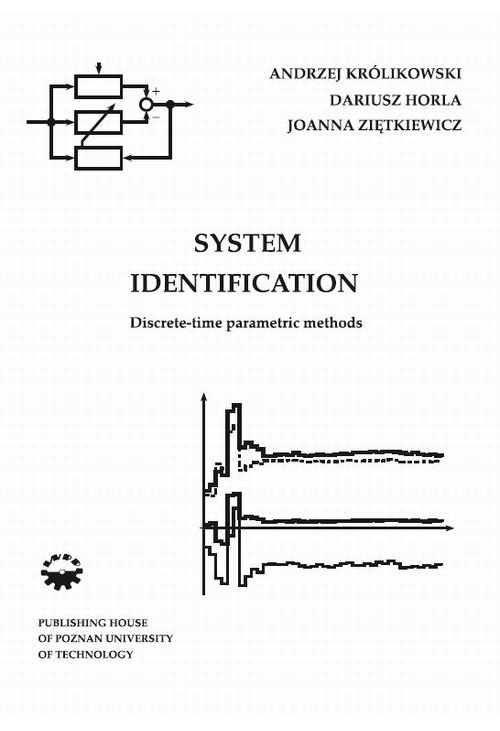
- -11%
ebook System Identification. Discrete-time parametric methods
Odkryj fascynujący świat identyfikacji systemów w dyskretnych metodach parametrycznych z tym niezbędnym podręcznikiem autorstwa Andrzeja Królikowskiego, Dariusza Horli i Joanny Ziętkiewicz. Wydawnictwo Politechniki Poznańskiej zaprasza do eksploracji liniowych dynamicznych obiektów jednowymiarowych z różnorodnymi torami zakłóceń oraz zaawansowanych algorytmów estymacji parametrów modelu. Ten ebook w języku angielskim, wydany w 2020 roku, jest kluczem do sukcesu w nauce i praktyce z zakresu automatyki i robotyki.
Kup e-booka, który stanie się Twoim niezastąpionym przewodnikiem w świecie ebooków i książek elektronicznych. Zanurz się w bogactwo formatu PDF, dostępnego w naszym sklepie z ebookami, gdzie znajdziesz również inne publikacje cyfrowe i bestsellery ebooki. To Twoja szansa na zdobycie najlepszych ebooków, które pomogą Ci w rozwoju zawodowym i osobistym.
Niezależnie od tego, czy jesteś studentem, inżynierem, czy entuzjastą techniki, ten podręcznik zapewni Ci solidną wiedzę na temat identyfikacji obiektów sterowania. Dzięki szczegółowym omówieniom i symulacjom cyfrowym za pomocą pakietu Matlab, będziesz mógł pobrać ebook, który stanie się Twoim niezastąpionym narzędziem w pracy i nauce.
Ebooki do pobrania są teraz bardziej dostępne niż kiedykolwiek, a nasza platforma oferuje czytanie ebooków w wygodny sposób. Odkryj bogactwo literatury pięknej i innych dziedzin w formie elektronicznej i ciesz się możliwościami, jakie daje wydanie elektroniczne. Znajdź swój ulubiony ebook teraz i rozpocznij przygodę z nauką i rozrywką w jednym.
Spis treści ebooka System Identification. Discrete-time parametric methods
Preface 71. Introduction 9
1.1. The concept of system identification 9
1.2. Classification of identification methods 12
2. Systemmodels 13
2.1. Introduction 13
2.1.1. Discrete-time models 13
2.1.2. Discretisation using the zero-order hold method 14
2.1.3. Tustin’s method 15
2.1.4. Finite difference method 15
2.2. Deterministic models 16
2.2.1. FIR model 16
2.2.2. ARMA model 17
2.2.3. State-space model 19
2.3. Stochastic models 23
2.3.1. ARMAX and ARIMAX models 23
2.3.2. ARX and ARIX models 24
2.3.3. Output error model 26
2.3.4. State-space model 27
2.4. Bounded noise models29
2.4.1. Model with simple disturbance input 30
2.4.2. Model with compound disturbance input 30
2.4.3. State-space mode l31
2.5. Model properties 32
2.5.1. Controllability, reachability, observability and detectability 32
2.5.2. Identifiability 33
3. Direct estimationmethods 35
3.1. Introduction 35
3.2.Order of persistent excitation 36
3.2.1. Definition 36
3.2.2. Order of persistent excitation of typical signal 37
3.2.3. Persistent excitation and parameter estimation 38
3.3.Deterministic models and the least-squares method 39
3.4. Stochastic models and the least-squares method 40
3.4.1. Least-squares method for stochastic models 40
3.4.2. Weighted least-squares method 48
3.4.3. Bias-eliminated least-squares method 48
3.4.4. Instrumental variables method 51
3.4.5. Maximum likelihood method 52
3.5. Bounded noise models and the least-squares method 55
3.6.Model order estimation 56
4. Recursive estimationmethods 58
4.1. Introduction 58
4.2. Deterministic models 58
4.2.1. Least-squares method 58
4.2.2. Projection method 62
4.2.3. Modified projection method 62
4.2.4. Modified projection method for prediction model 64
4.2.5. Modified least-squares method for prediction model 64
4.3. Stochastic models 65
4.3.1. Least-squares method 65
4.3.2. Bias-eliminated least-squares method 65
4.3.3. Kalman filter method 67
4.3.5. Instrumental variables method 67
4.3.6. Extended least-squares method 68
4.3.7. Maximum likelihood method 68
4.3.8. Extended Kalman predictor 69
4.3.9. Second-order filter 71
4.4. Bounded noise models 72
4.4.1. Least-squares method 72
4.4.2. Least-squares method for prediction model 73
4.4.3. EW-RLS algorithm 74
4.4.4. MVSA algorithm 74
4.4.5. Fixed dead zone method 75
4.4.6. Projection method with dead zone 6
4.5. Recursive estimation of the order and parameters 78
4.5.1. Introduction 78
4.5.2. Preliminary assumptions 79
4.5.3. Recursive estimation of the degrees and coefficients 80
4.5.4. Recursive algorithm for the simultaneous degrees and parameters estimation 83
4.6. Model delay estimation 86
5. Time-variant systemidentification 89
5.1. Introduction 89
5.2. Weighted least-squares method 90
5.3. Forgetting factor and windup in estimation 90
5.4. Modifications of recursive least-squares method 92
5.4.1. Investigation of persistent excitation condition 92
5.4.2. Adaptation to noise 94
5.4.3. Robust estimation 95
6. Closed-loop systemidentification 97
6.1. Introduction 97
6.2. Example of first-order inertia system 97
6.3. General conditions for identifiability 98
6.4. Identifiability of LQG control system 99
6.5.Model order estimation in a closed-loop system 101
7. Selection of excitationsignal 103
7.1. Introduction 103
7.2. FIR model 103
7.3. ARX bounded noise model 104
7.4. Stochastic ARX model 107
7.5. Selection of excitation signal and uniqueness of estimation 107
8.Multivariable systemidentification 109
9. Case study – simple identificationexperiment 119
9.1.Analitical method 119
9.2. The ’real’ experiment 120
10. Experiment implementationinMatlab 123
10.1. Parameter estimation 123
10.2. Creating model structure 124
10.3. Model conversion 125
10.4. Selected additional functions 125
10.5. Simulink 125
Summary 126
References 127
Szczegóły ebooka System Identification. Discrete-time parametric methods
- Wydawca:
- Wydawnictwo Politechniki Poznańskiej
- Rok wydania:
- 2020
- Typ publikacji:
- Ebook
- Język:
- angielski
- Format:
- Liczba stron:
- 130
- ISBN dla wersji papierowej:
- 9788377755792
Recenzje ebooka System Identification. Discrete-time parametric methods
-
Reviews (0)

Na jakich urządzeniach mogę czytać ebooki?
- -11%




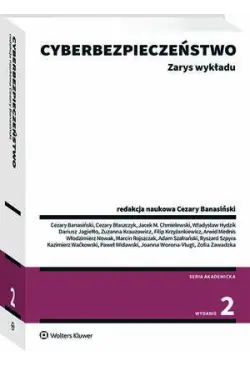

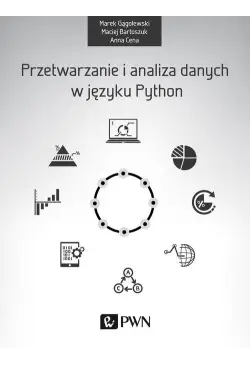

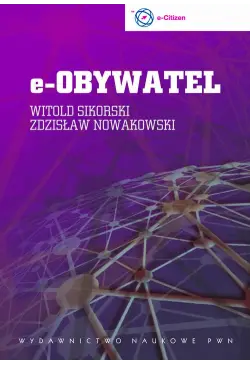
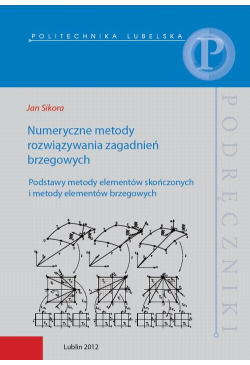
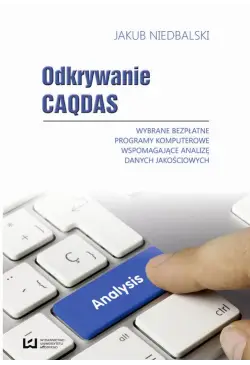
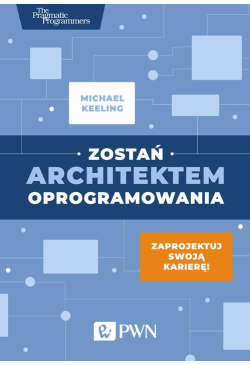


@CUSTOMER_NAME@
@COMMENT_TITLE@
@COMMENT_COMMENT@